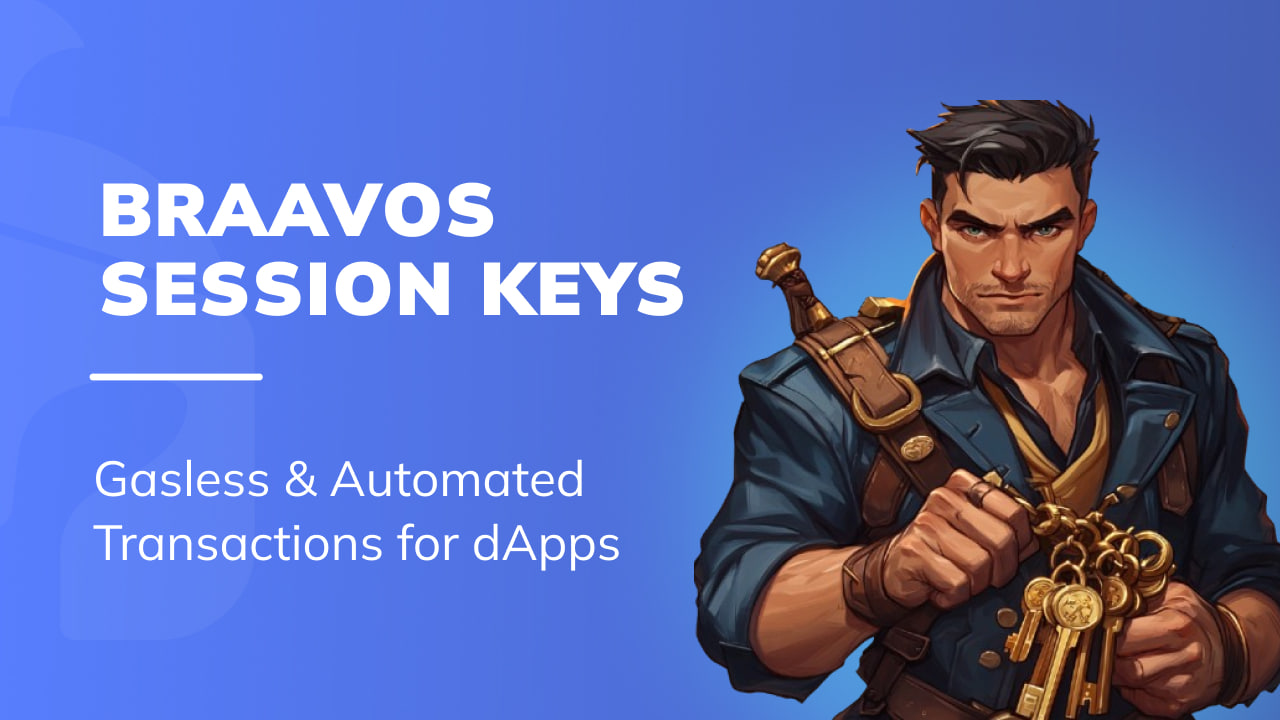How to Earn Yield on Your Bitcoin
Put your Bitcoin to work with smart DeFi strategies. This guide breaks down how to earn yield on BTC - securely, passively, and without giving up control.

As Bitcoin continues to solidify its role as digital gold, many holders are now exploring how to make their BTC work for them. The good news? It’s possible to earn yield on Bitcoin and generate passive income, without selling it. But unlike Proof-of-Stake (PoS) networks like Ethereum, Bitcoin doesn’t offer native staking rewards.
In this guide, we’ll explain how to earn interest on Bitcoin, compare leading strategies, outline platform risks, and offer practical tips to get started.
Table of Contents
- Understanding Bitcoin Yield
- Primary Strategies to Earn Yield on Bitcoin
- What Are the Risks of Earning Yield on Bitcoin?
- Comparing Bitcoin Yield Platforms
- What is Bitcoin Yield Farming?
- User Experiences & Testimonials
- The Future of Bitcoin Yield Farming
Understanding Bitcoin Yield
What is Bitcoin yield?
Bitcoin yield refers to the interest or returns you can generate by putting your BTC into protocols or platforms that deploy it productively, such as through lending, liquidity provision, or staking-like mechanisms on other blockchains.
Why doesn’t Bitcoin offer native yield?
Bitcoin operates on a Proof-of-Work (PoW) consensus model. Unlike Ethereum, which transitioned to PoS and offers native staking rewards, Bitcoin does not provide yield simply for holding coins. Yield on Bitcoin is only possible when BTC is moved into environments that support programmable financial activity, typically by wrapping and bridging BTC to smart contract–enabled chains.
Primary Strategies to Earn Yield on Bitcoin
1. Lending Platforms (DeFi or CeFi)
You can earn interest on Bitcoin by lending it to borrowers, either via decentralized protocols or centralized providers.
- Decentralized Lending Protocols: Platforms like Aave, Morpho, and Vesu allow you to deposit wrapped BTC into smart contract-based pools. Borrowers take loans by overcollateralizing with another crypto asset. You earn interest as long as your funds are actively lent out.
- Centralized Providers: Platforms like Nexo or YouHodler manage the lending process for you. You deposit BTC, they lend it out, and you receive fixed or variable interest.
Risks:
- CeFi platforms
- Loss of custody of your Bitcoin
- Minimal visibility into how the funds are being used
- Fully trusted set up and no easy way to claw back your funds if the company is unresponsive.
- DeFi platforms:
- Smart contract risk
- Borrower default (if liquidation mechanisms fail)
- Low utilization (affecting yield)
- Oracle failures or LTV miscalculations (leading to poor liquidations)
Yield Range: 2–6% APY
Risk Level: Medium–High
Pros: Simple UI, passive income
Cons: Custodial risk (CeFi), smart contract risk (DeFi)
2. Bitcoin Yield Farming
What is Bitcoin yield farming? Yield farming involves putting your wrapped BTC into more complex DeFi strategies that generate rewards, typically from protocol incentives or liquidity provision fees. Typical yield farming requires you to manage wrapping BTC manually, bridging the funds to another chain, finding a yield strategy, assessing risks, then investing, monitoring, and managing via your wallet and the application.
Common strategies include:
- Supplying BTC to a liquidity pool (e.g., BTC/ETH or BTC/stablecoin pairs)
- Participating in incentive programs where protocols pay users in governance tokens
Risks:
- Impermanent loss in volatile liquidity pools
- Yield dilution from inflationary reward tokens
- Smart contract risk
- Additional complexity (many strategies require active management or bundled products)
Yield Range: 4–10%+ APY
Risk Level: High
Pros: High returns
Cons: Complexity, impermanent loss, active management
3. Bitcoin Savings Accounts (CeFi Earn Products)
These products work like interest bearing savings accounts for crypto. BTC is deposited with a platform like Binance Earn or YouHodler, and the platform lends it out.
Risks to understand:
- Custodial risk: if the platform goes bankrupt (as seen with Celsius and BlockFi), you may lose your funds
- Lack of transparency in how your BTC is used to generate yield
Yield Range: 1–4% APY
Risk Level: High
Pros: Easy to use
Cons: Custody and transparency risk
4. Automated, One-Click Bitcoin Yield Platforms
Platforms like Braavos Bitcoin Earn now offer self-custodial, passive income on Bitcoin, without needing to bridge or manually interact with DeFi contracts.
How it works:
- BTC is wrapped and bridged to a DeFi chain (e.g., Starknet)
- Funds are deployed to vetted lending protocols
- Yield is automatically compounded and paid in BTC
Risks to understand:
- Still involves bridging and wrapping BTC
- Smart contract risk on the yield platform
- Yield depends on borrower demand and protocol stability
Yield Range: 5–8% APY
Risk Level: Low to Medium
Pros: No custody risk, easy onboarding, managed all within a single application
Cons: Still involves bridge and smart contract exposure
What Are the Risks of Earning Yield on Bitcoin?
- Custodial Risk: Especially on CeFi platforms (as seen in cases like Celsius or BlockFi)
- Smart Contract Risk: Bugs or exploits in DeFi protocols
- Bridging Risk: Wrapping BTC introduces potential attack vectors
- Market Risk: Sudden price moves can impact yield performance
- Regulatory Risk: Uncertainty around tax treatment and legality of DeFi platforms
Comparing Bitcoin Yield Platforms
| Strategy Type | Yield Range | Custody Required | Ease of Use | Risk Level |
| CeFi Lending | 3–5% | Yes | Easy | High |
| DeFi Lending | 2–6% | No | Medium | Medium |
| Yield Farming | 5–10%+ | No | Complex | High |
| One-Click (e.g., Braavos) | 5–8% | No | Easy | Medium |
Emerging innovations will shape how users earn passive income with BTC:
- Decentralized Bridges (e.g., Atomiq): Enable safer BTC transfers between chains
- Layer 2 Ecosystems (e.g., Starknet): Lower fees, higher throughput
- Programmatic Bitcoin Upgrades: Taproot and softforks could allow for trustless yield directly on Bitcoin
- Institutional Inflows: As traditional finance embraces crypto, more secure and regulated products will emerge
Final Thoughts: Is Earning Yield on Bitcoin Worth It?
If you believe in Bitcoin’s long-term value, earning passive income on BTC can be a powerful strategy, especially if you use platforms that let you stay in control. Whether you opt for hands-on DeFi or simplified one-click solutions, understanding the risks and rewards of Bitcoin yield is key.
Want to start earning yield on Bitcoin today? Try Braavos Bitcoin Earn.




